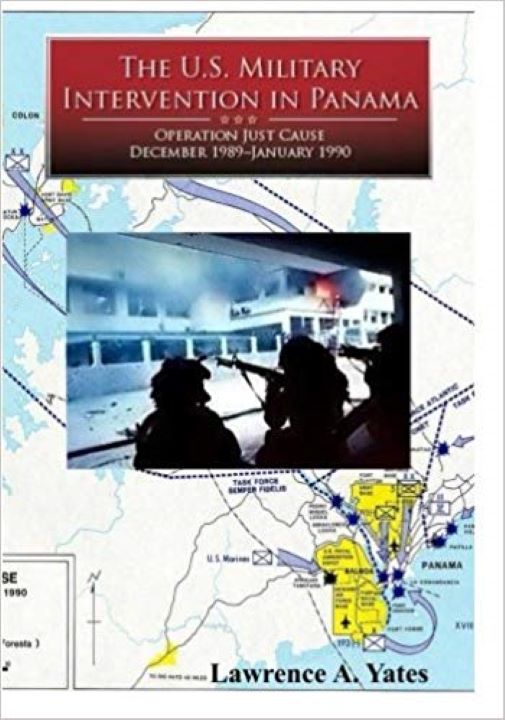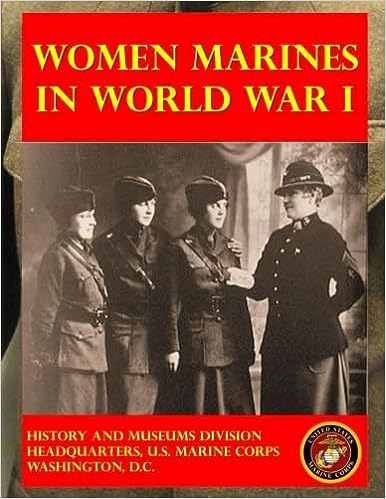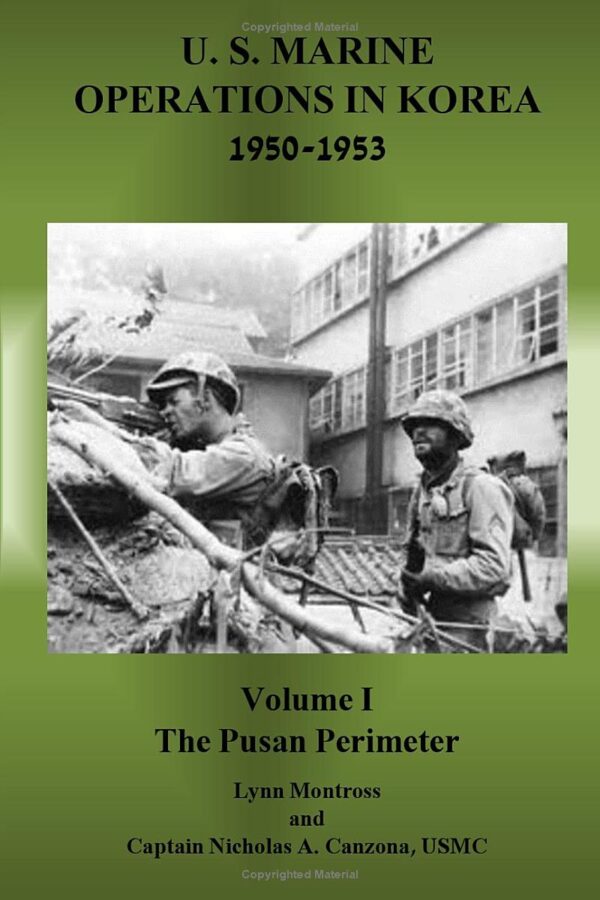The U.S. Military Intervention in Panama: Operation Just Cause December 1989- January 1990 (Contingency Operations Series)
On 20 December 1989, the United States launched Operation Just Cause, the invasion of Panama. With only slight exaggeration, spokespersons for the president and the Pentagon declared that, at or near H-hour, twenty-seven thousand U.S. soldiers, marines, sailors, and airmen attacked twenty-seven targets nearly simultaneously, a triumph of planning and execution. Over the course of the next few days, these forces handily defeated the Panamanian military, toppled the brutal and corrupt dictatorship of Manuel Antonio Noriega, and helped return democracy and stability to the troubled isthmus. In the process, they brought down the curtain on a two-year crisis in U.S.-Panamanian relations. During that lengthy confrontation, the U.S. Southern Command and its service components were still based in Panama, and two American presidents, Ronald W. Reagan and George H. W. Bush, relied on this military presence to help manage the situation and to protect and further U.S. interests in the country. An analytical narrative of how the United States dealt with that simmering crisis can be found in Dr. Lawrence A. Yates’ The U.S. Military Intervention in Panama: Origins, Planning, and Crisis Management, June 1987–December 1989, published by the U.S. Army Center of Military History in 2008. In The U.S. Military Intervention in Panama: Operation Just Cause, December 1989–January 1990, Yates finishes the story as he reviews U.S. contingency planning for the possible use of armed force in Panama and then recounts the execution of those plans. This study offers a detailed account of the major combat operations that occurred during Just Cause and of the broader themes and issues at play. While it was a short operation, relatively speaking, it was also an incredibly complex one. The challenges to the U.S. military were clear. The planners had to synchronize the preparation and deployment of diverse U.S. units taking part in the invasion, some stationed just minutes from their targets, others having to fly to Panama from bases scattered across the United States. The forces had to strike nearly simultaneously in order to preserve a measure of operational surprise and keep casualties low. And even though the Army provided the vast majority of combat troops, it was a joint operation, which further complicated the planning. The Goldwater-Nichols Act of 1986 virtually mandated jointness in any significant military undertaking and had strengthened regional combatant commands to better conduct those operations. Southern Command was a joint command and had to determine the best way to task-organize the service units involved and assign each one a mission that would best employ its assets. Also a factor to consider was the nature of the endeavor. The Noriega regime was the enemy, not the Panamanian people, so damage to the country and injury to its populace had to be minimized. The United States had to structure carefully the rules of engagement that would allow soldiers and marines to defend themselves and accomplish their missions, while still protecting Panamanian civilians and after it was over, assisting them in reforming their democratic government. All planners of military operations should consider the desired political results of any conflict, a lesson that continually seems to need relearning.
550 pages





